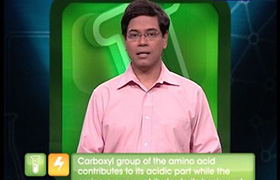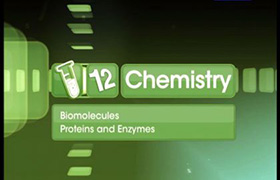CBSE Class 12-science Answered
enzymes provide different pathway for substrate to convert into product by lowering the activation energy. but how enzyme is able to do it?
Asked by rohitraman1115 | 24 Sep, 2019, 17:45: PM
For this purpose, Enzyme has a region where substrate molecules bind and undergo a chemical reaction.
Mechanism of Enzyme Action
- Substrate binds to the active site and fits itself perfectly into the active site.
- The binding induces little alternation in the shape of the enzyme so that the substrate can fit more tightly.
- The active site once in close proximity of the substrate breaks the chemical bonds of the substrate, and a new enzyme-product complex is formed.
- Once the new bonds are formed, the enzyme releases the product molecule.
- The free enzyme is again ready to bind to another molecule of the substrate.
- The active site is always specific with the reactive site present on the substrate.
Answered by Ravi | 25 Sep, 2019, 17:03: PM
Concept Videos
CBSE 12-science - Chemistry
Asked by rohitraman1115 | 24 Sep, 2019, 17:45: PM
CBSE 12-science - Chemistry
Asked by rohitraman1115 | 19 May, 2019, 12:36: PM
CBSE 12-science - Chemistry
Asked by Topperlearning User | 26 May, 2014, 13:17: PM
CBSE 12-science - Chemistry
Asked by Topperlearning User | 22 May, 2014, 16:52: PM
CBSE 12-science - Chemistry
Asked by Topperlearning User | 23 May, 2014, 13:36: PM
CBSE 12-science - Chemistry
Asked by Topperlearning User | 26 May, 2014, 13:10: PM
CBSE 12-science - Chemistry
Asked by Topperlearning User | 22 Jun, 2016, 09:11: AM
CBSE 12-science - Chemistry
Asked by Topperlearning User | 26 May, 2014, 13:19: PM
CBSE 12-science - Chemistry
Asked by Topperlearning User | 22 Jun, 2016, 09:11: AM
CBSE 12-science - Chemistry
Asked by Topperlearning User | 22 Jun, 2016, 09:09: AM




